October 2025
| Date | Title |
|---|---|
| 10/17/25 | Fulcher Announces October Telephone Town Hall Details |
| 10/2/25 | Fulcher: My Offices Remain Open, Despite Federal Government Shutdown |
September 2025
August 2025
| Date | Title |
|---|---|
| 8/21/25 | Fulcher Reintroduces ‘One Subject At A Time Act’ Ahead of Fiscal Year Deadline |
